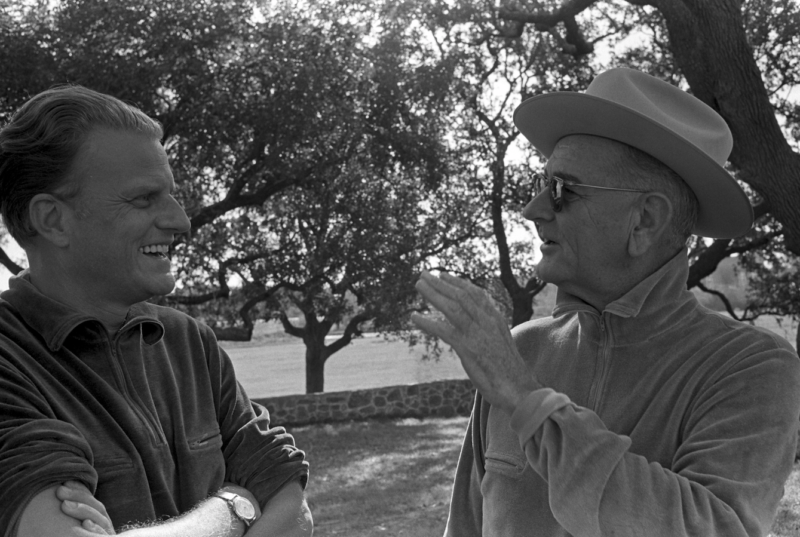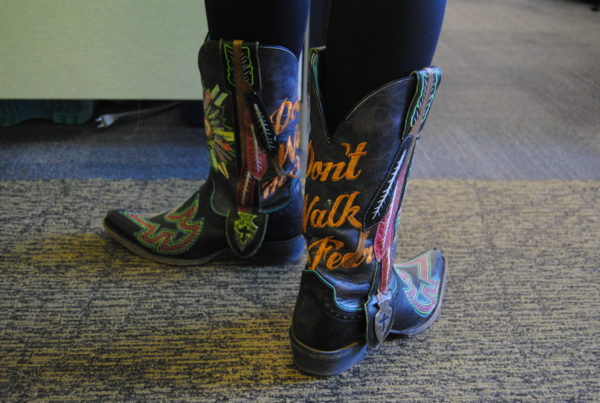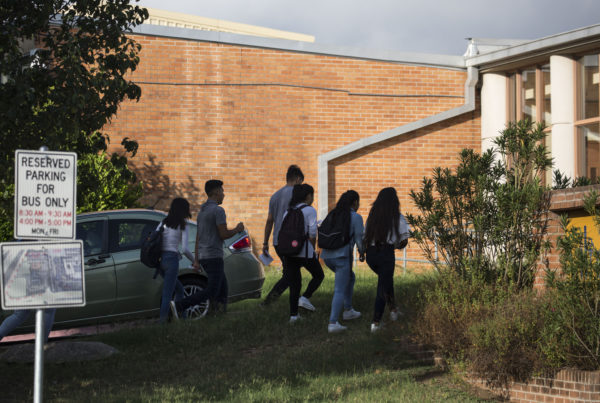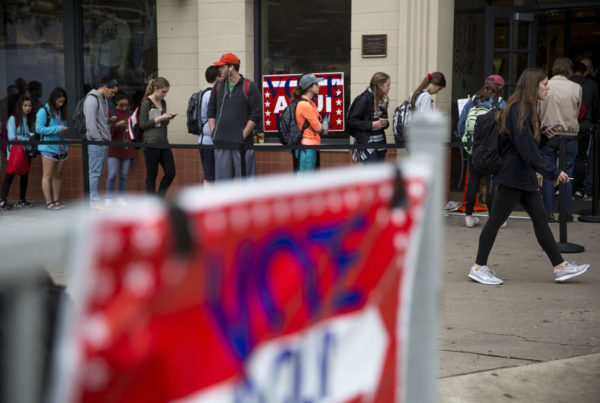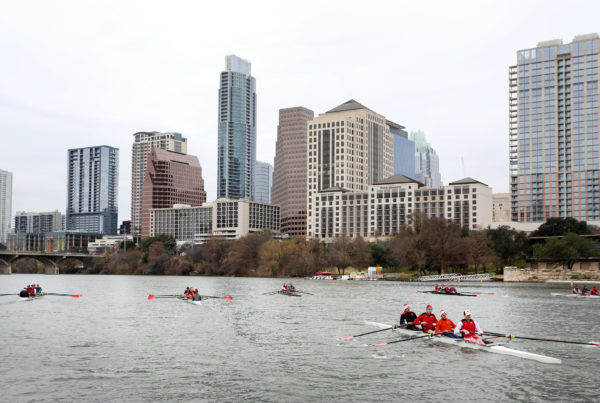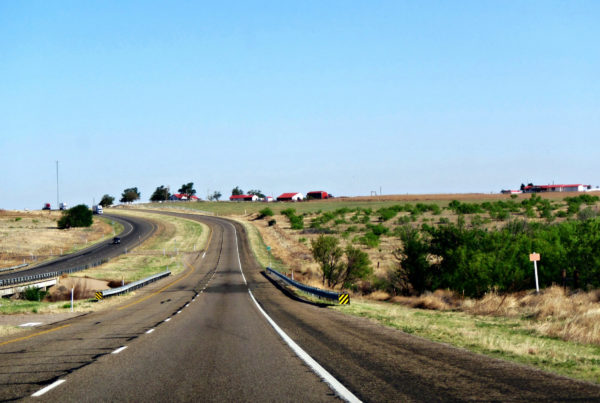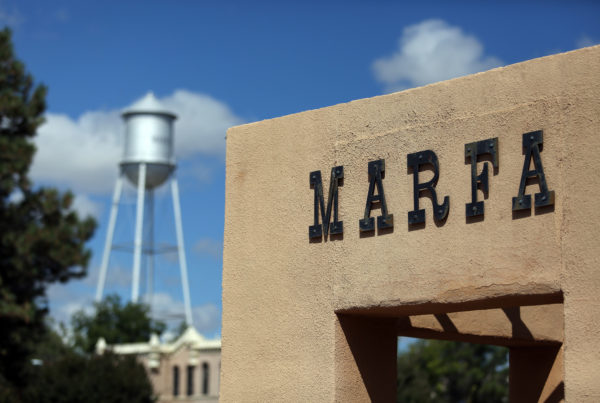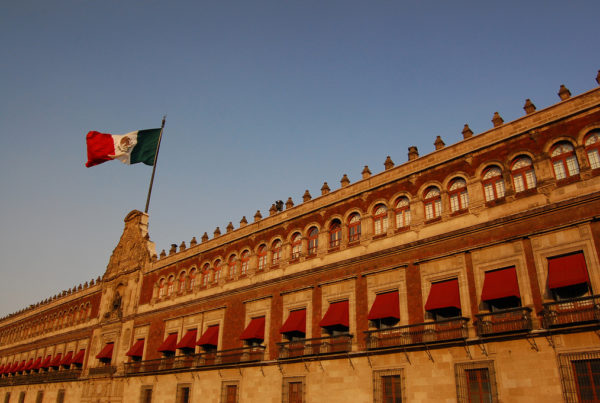In September of 1971, hundreds of thousands of people packed Texas Stadium in Irving over 10 days. It wasn’t for a Dallas Cowboys game. They were there to see Christian evangelist Billy Graham.
“Thousands of you have come here tonight searching for purpose and meaning in your life,” Graham said. “Many of you have come here with burdens and problems and sins. And you’re searching for an answer. Well I want to tell you before you leave Texas Stadium tonight, you can find it.”
Graham died Wednesday, just shy of his 100th birthday. The Texas Stadium crusade was one of hundreds he held during a ministry that spanned more than six decades. It’s hard to overstate how much those big-tent gatherings shaped modern Christianity, and the state of Texas. And Texas shaped Graham, as well.
William Martin is senior fellow in Religion and Public Policy at Rice University’ Baker institute, and the author of “A Prophet with Honor: The Billy Graham Story.”
“I think he liked the expansiveness of Texas and the optimism,” Martin says. “While he was in the Dallas area, Fort Worth area, he met Sid Richardson, who became a great friend of his and also, interestingly, while he was there, he talked with Mr. Richardson about how much he admired General Eisenhower.”
Richardson encouraged Graham to write Eisenhower a letter about his support – and some say the letter Graham wrote helped inspire Eisenhower to run for president.
Graham continued spending time in the Lone Star State.
“The most amount of time he spent in Texas was when he developed such a friendship with LBJ,” Martin says. “In fact, they went swimming in the White House swimming pool. Billy Graham described it to me, ‘well, you just went as you were.’”
It was a friendship of mutual admiration.
“Lyndon Johnson would ask him for advice and Billy was willing to give it,” he says. “And of course [LBJ] was willing to give Billy advice.”
You may know Graham as a Republican, but Martin says his personal politics were more complex.
“Graham took a strong stand in the mid-1950s when he desegregated his crusades, and had Martin Luther King in 1957 appear, say a few words, and lead prayer at his crusade in New York City,” he says. “He stood up for Dr. King. At one time, he paid his bail when he was in prison.”
That didn’t mean he always agreed with King.
“[Graham] disliked disorder. He was uncomfortable with people who were out marching in the streets and certainly uncomfortable with riots,” Martin says. “And uncomfortable with Dr. King’s harsh criticism of President Johnson. All of those things moved him more to the right.”
His close friendship with Richard Nixon brought Graham closer to the Republican Party once Nixon was elected president. Graham also had a relationship with the Bush family, and George W. Bush has credited Graham with helping him to recover from substance abuse.
“It’s well-known that George W. Bush had some difficulties in his life with alcohol, probably with drugs,” Martin says. “He went walking on the beach at Kennebunkport. He said that on that walk, Billy Graham gave him the advice and counsel and the ministry that really changed his life and set him on a much better path.”
Written by Jen Rice.


